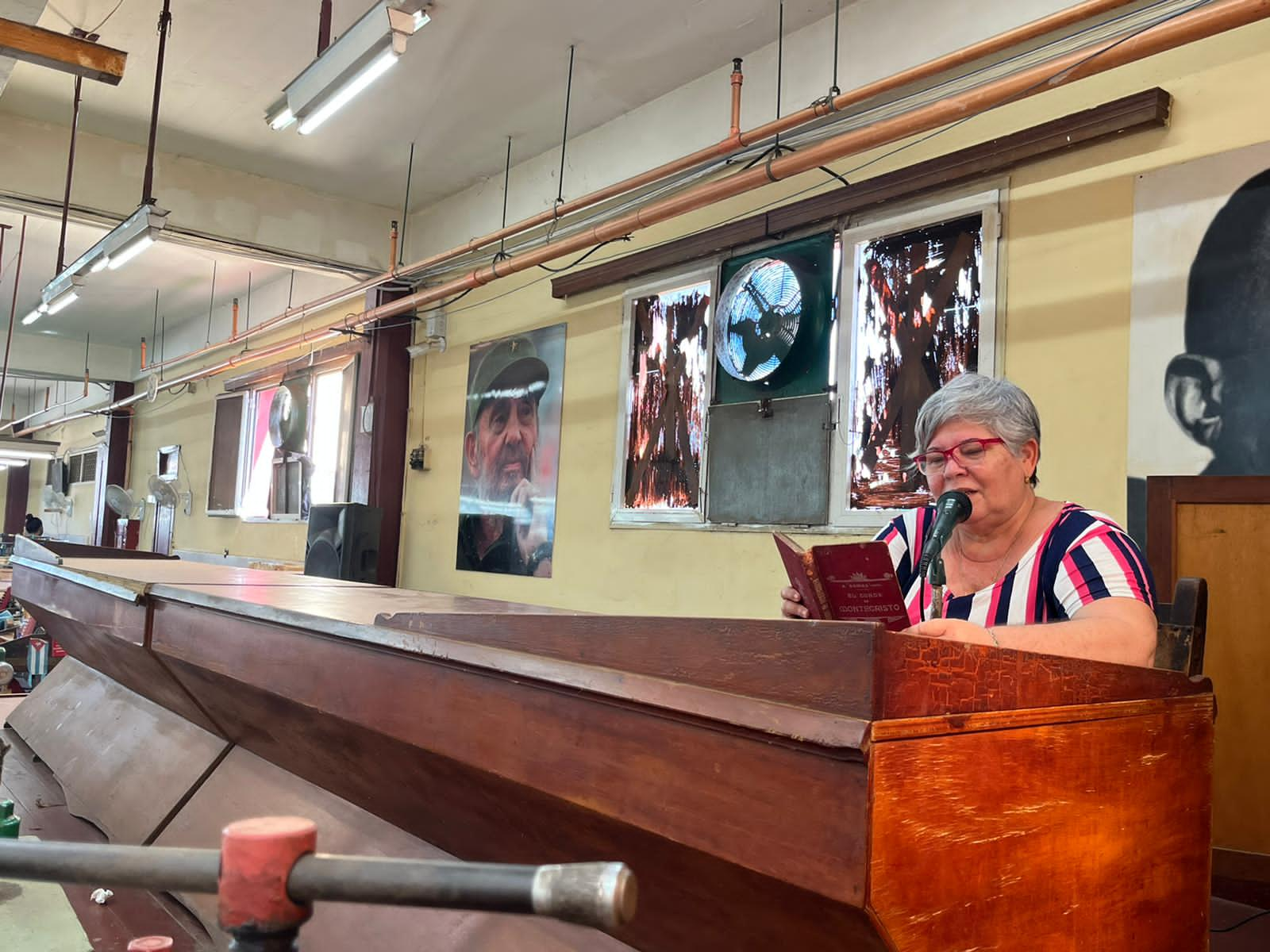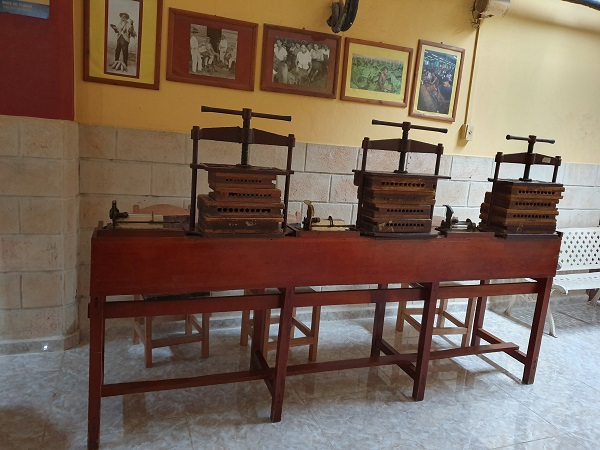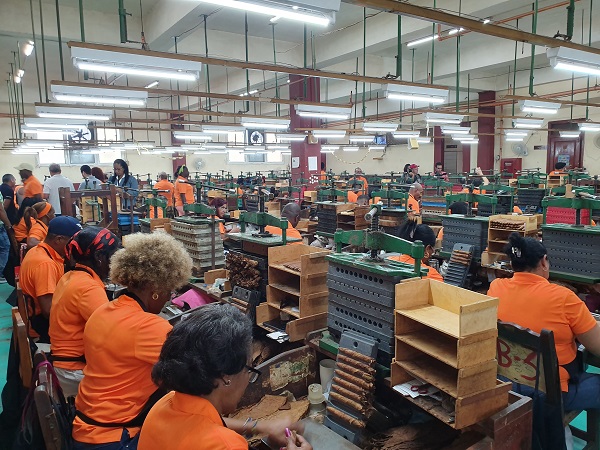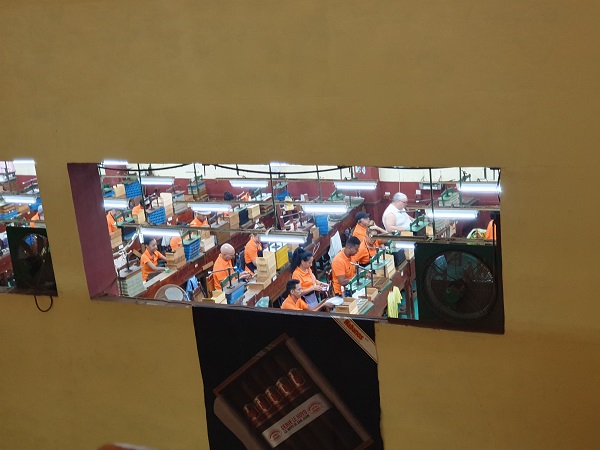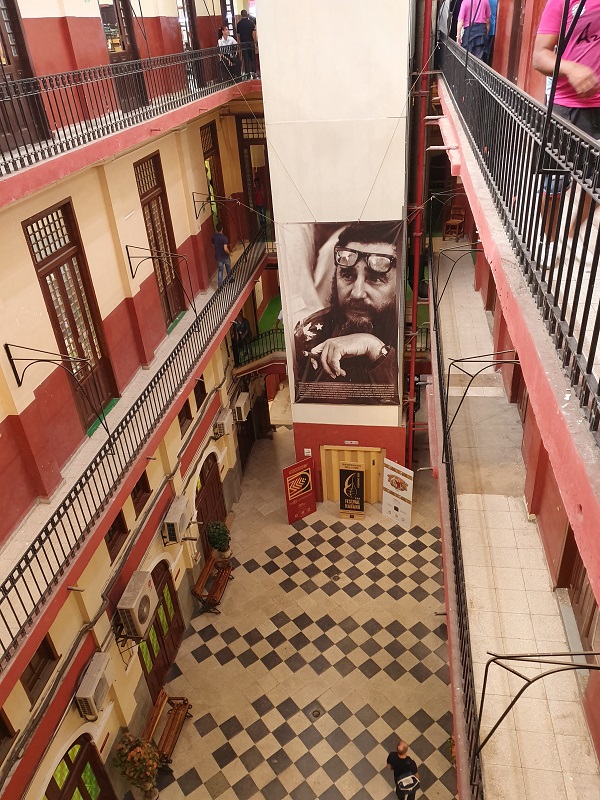Behind the gates
Have you questioned yourself how much history and secrets cigar factories keep. Behind the walls of the "tobacco houses" is kept the mystery of the creation of so many masterpieces. And the recipes for making the vitolas are known only to a few. Opening the doors of the factory, the smell of tobacco is truly intense, and behind the apparent calm of the torcedors lies professionalism and discipline, which are the result of many years of hard work and constant improvement. The mastery of the torcedor is worthy of respect like any other manual work, which is built with a lot of patience and experience. Every movement of making the cigars is worked out and deft, and the result is always impressive.
In addition to the mystical story of the creation of the brands and the various vitolas, more information about the founding of the factories, their owners, celebrities, fans of the brand and other topics is available in various magazines, travelogues and books. Of course, many more details remain unwritten, passed from mouth to mouth, from torcedor to torcedor, from afisionado to another afisionado.
The Reader as a profession
At the end of the 19th century, literary readings began in the factories. The reader, possessing qualities such as eloquence, rich linguistic vocabulary and taste for literature, ennobles the process of creating cigars, encouraging the work of torcedors with interesting readings and thus enriches them in a cultural and intellectual aspect.
Since 2012, this tradition has been considered a cultural heritage of the Cuban nation, because since its inception on December 21, 1865, these readings have promoted important moments in the history of the country. And not only this. The creation of some of the most significant brands in Habanos' portfolio, such as Montecristo, Romeo y Julieta, were inspired by world classics.
It is no coincidence that Jose Marti, the apostle, master poet, journalist and essayist, was part of such readings, using the profession of reader as a means of communication, creating the preconditions for unleashing national identity.
As is the tradition of past centuries, literary readings take place in three shifts. They include instructions for organizing the daily work in the factory, provide information about the work process, as well as inform the torcedors about the results of sporting events.
At the very beginning of the profession, the texts that were used were mainly European works and philosophical titles. However, the 21st century presents new challenges with technological development. The readers must be in tune with this progress and they must have modern skills.
Today the profession is still relevant and continues to develop in the country of origin. 146 readers in the tobacco factories affirm the Cuban identity and their stories mark the history revealing.


